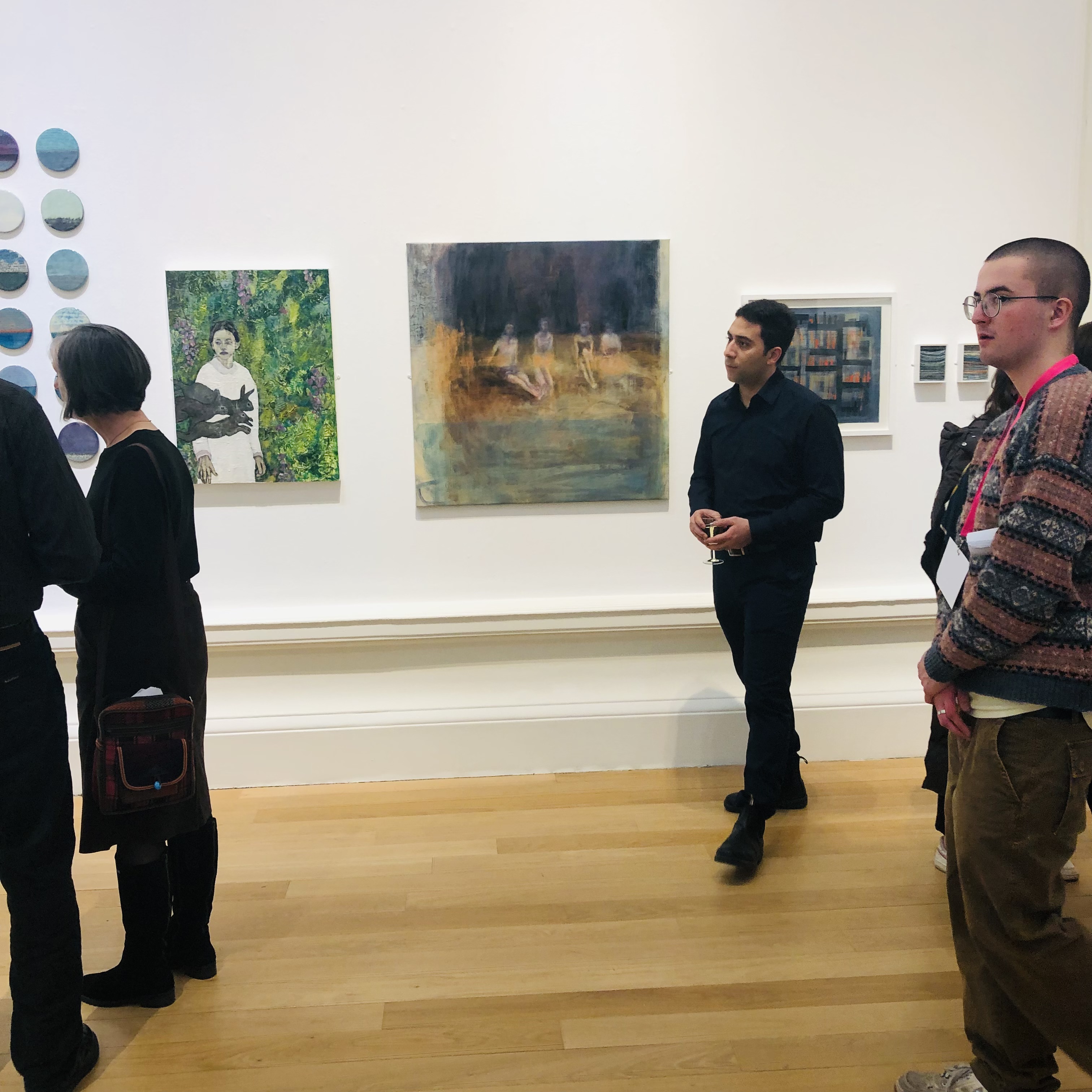‘A picture is worth a thousand words’ (origins unknown) is a much-repeated quote. Although (arguably) simplistic, there is something to this!
I am an artist. I’m also an interdisciplinary and engaged academic who strives to conduct impactful research with outcomes that make a difference. While I do work with ‘traditional’ research methods, my passion is for arts-based, creative, and participatory research. My research is concerned with cultural tourism, festivals, and placemaking, and is often framed by public engagement.
Sometimes, I’m asked how I ended up working in a Business School. It was a circuitous journey. I studied an undergraduate degree in fine art, then a postgraduate research degree in art and design (many) years ago. I then worked across the cultural and creative sector, before my PhD in tourism and festival studies here at Edinburgh Napier. My PhD investigated stakeholders’ perceptions of the image of the Edinburgh Festival Fringe, and I used visual methods and semiotics. Since then, I established the Visual Methods and Ethnography in Interdisciplinary Research Group in the university. I’m also the Public Engagement with Research Lead for The Business School.
There are two strands to my art practice and how it informs my research. Firstly, I use my own art practice to complement my research, and vice versa. My personal practice is mainly painting. I research through drawing, memory, and imagination, and my work is underpinned by reading. Recent work explores the performance of tourism and leisure, alongside relationships between the tourist gaze and the visual practices and imaginaries of tourism. I’ve had my paintings selected for national and international exhibitions, including Visual Arts Scotland (VAS) and the Royal Scottish Academy (RSA). This year, I curated a group exhibition during the Edinburgh Festival Fringe. I’ve also exhibited my work in galleries and sold to private collectors.
Returning to ‘a picture is worth a thousand words’ (origins unknown), a second way that my art practice impacts upon my research is through using visual and participatory methods. This involves working with different groups of people to co-create outcomes and outputs. For example, I’ve co-designed participatory and creative ‘walkshops’, partnering with the Museum of Walking. I’ve used drawing and participatory mapping with residents of Wester Hailes in Edinburgh to gain insights into the semiotics of Edinburgh as a festival city. I’ve led a UKRI-funded interdisciplinary creative research and public engagement project working with community partners in Wester Hailes. Recently, I led a Royal Society of Edinburgh (RSE) research project working with Professor Anna Leask, alongside tourism and festival stakeholder partners. We used participatory and creative methods to investigate overtourism, community engagement, and placemaking in Edinburgh’s historic centre.
While traditional research approaches such as interviews and questionnaires are undeniably valuable, I argue that arts-based, creative, and participatory research can make a difference. They can engage and impact on people, policy, and practice. You don’t need to be an artist to use arts-based methods, so why don’t you try some approaches?
Blog written by: Dr Louise Todd, Associate Professor and Deputy Lead of the TRC
Website: https://artademic.co.uk/
Instagram @louisetodd.art
